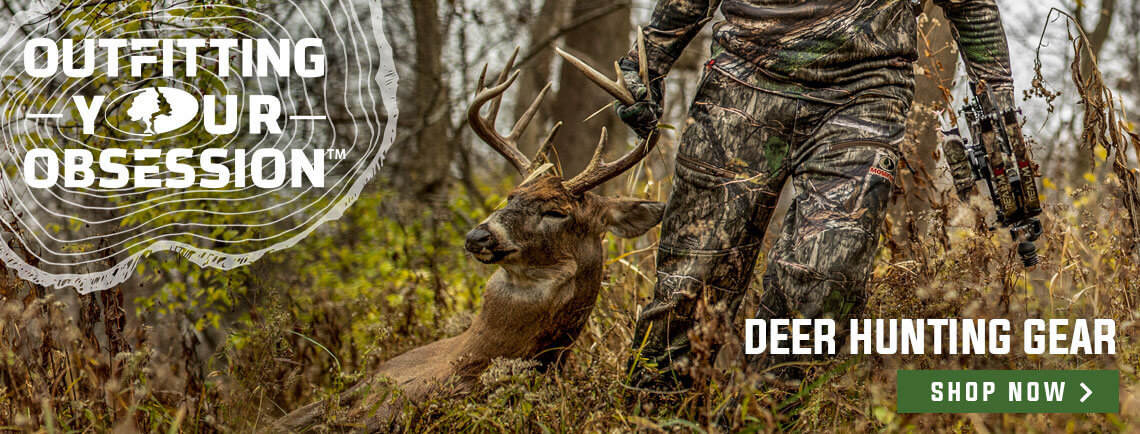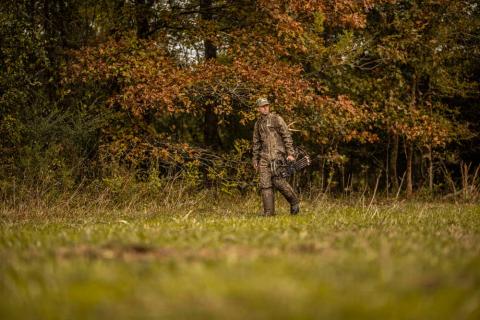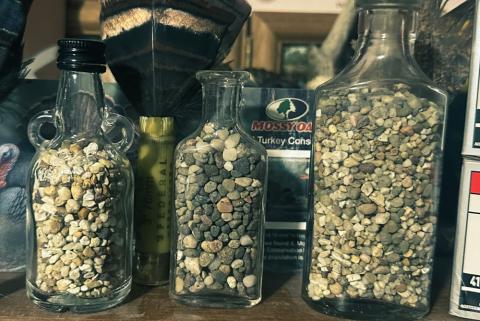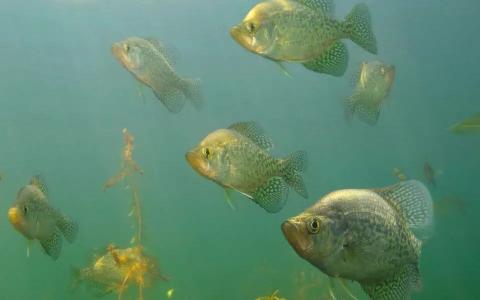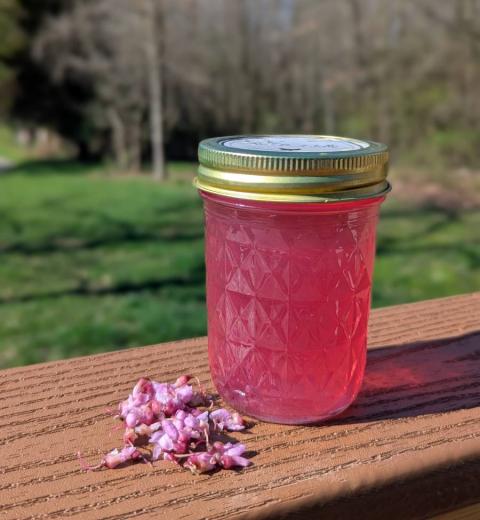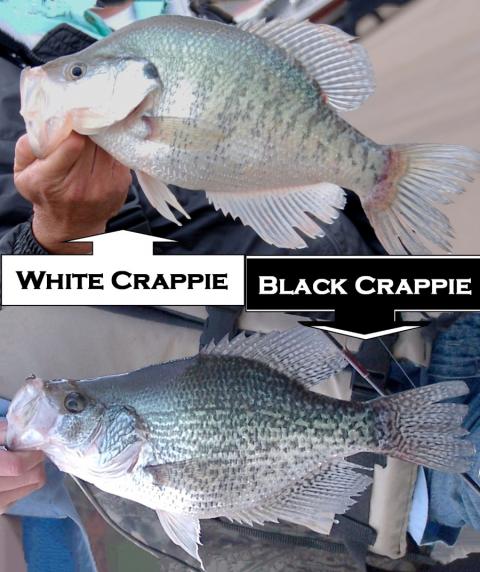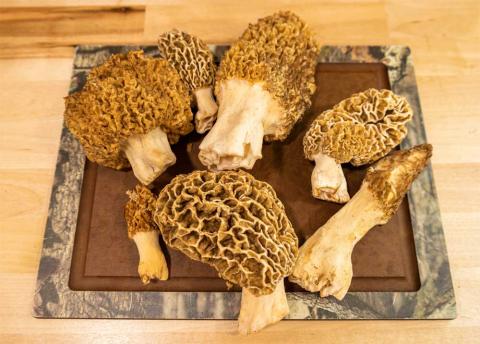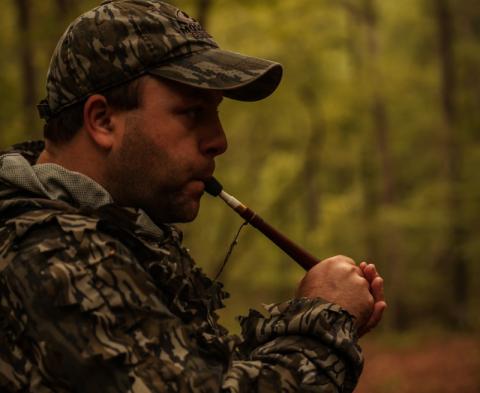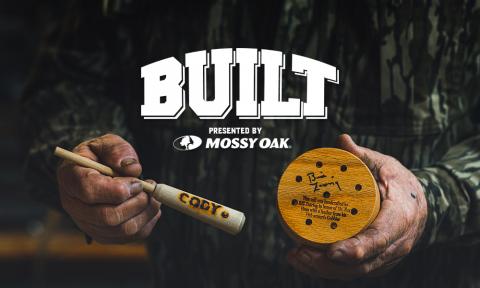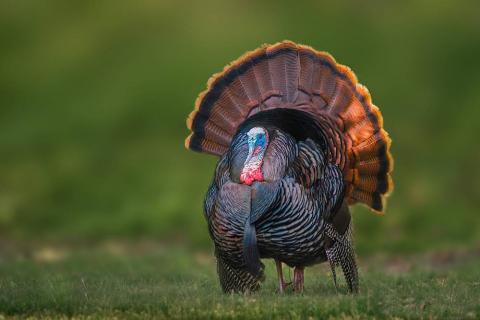We're constantly trying to pattern deer but do our movement patterns influence theirs?
Bob Humphrey
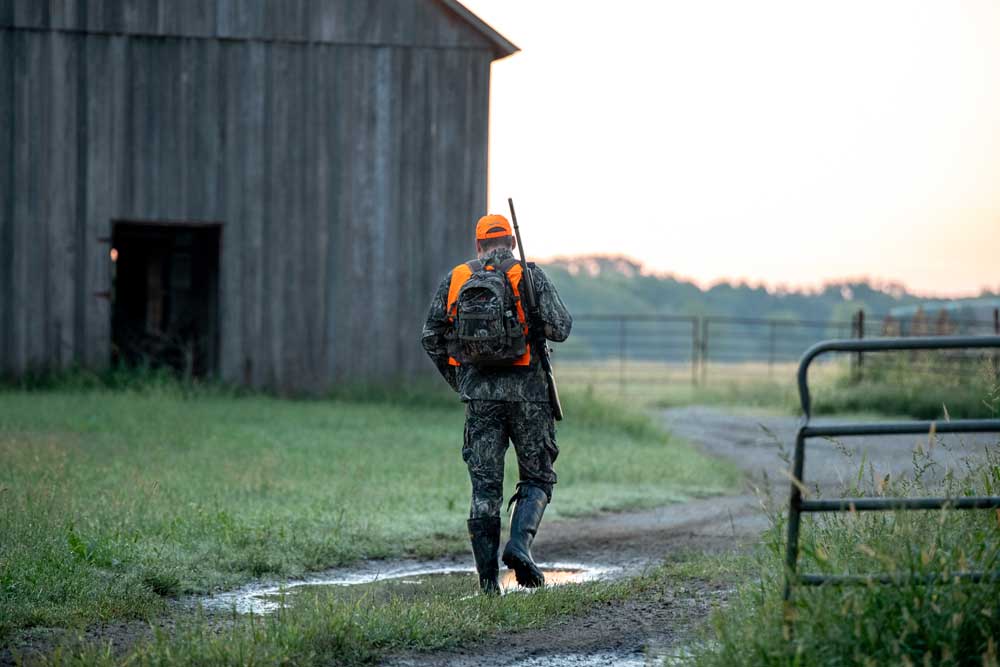
My annual trip to southeast Ohio was a highlight of every fall deer season. The property we hunted was relatively small, about 600 acres, but was one of the few remaining farms that had not been strip-mined so it had rich topsoil and was well managed. As a result, it had a healthy deer population, including some bragging-sized bucks.
Twice a day — before dawn and in the early afternoon — our host would take us out via ATV to a blind or stand carefully selected based on wind direction and recent activity. The first days were always filled with mystery, anticipation and many deer sightings, but after several seasons deer hunting there, I had learned to be patient and selective. That can sometimes be a bit of a double-edged sword however because as the days of our week-long hunt piled up, the deer sightings went down. It took me a couple of hunts to recognize it but after several, it became clear to all, leading us to wonder if our presence was not having a negative effect. It kind of made sense, but still I wondered how much of an effect we had, and what we could do about it.
Every time deer hunters enter the woods, they make their presence known, whether by being seen, heard or smelled by deer. Even the scent you leave behind can tip them off and put them on alert. Knowing how deer react to those interactions can help reduce your impact and sometimes even be used to your advantage.
Survey Says
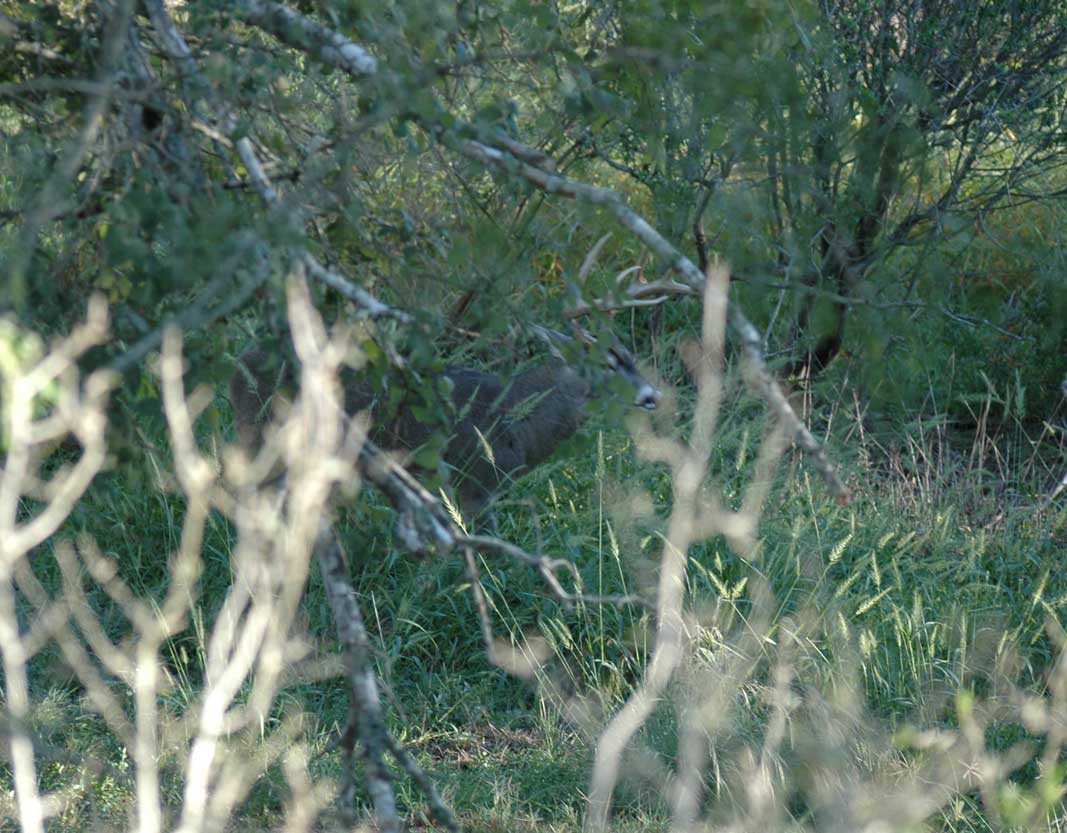
We know it is true and research backs it up. Several studies have demonstrated an inverse correlation between hunting pressure and daytime deer movement. But deer don’t abandon their home range or even their core areas altogether. They simply shift, moving less during daylight, and more in thicker cover. The effect is greater in older deer of both sexes. Researchers have also found that deer, especially mature bucks, learn to avoid permanent stands. Fortunately, there are ways to counteract these trends.
1. Hit the Peaks — Even pressured deer are still crepuscular, moving mostly at dawn and dusk. Concentrate your efforts around those peak periods and do not worry as much about the mid-morning to early afternoon periods, except during the rut.
During the early season, be mindful of your approach. Deer are often in the field, and you can blow them out or, at the very least, educate them that a hunter is in the area. Sometimes, it's best to just hunt in the evening during early-season hunts.
2. Get Back — They’re spending more time in early season hunts in thick cover so you should, too. The edge of a food plot or an open hardwood stand offers longer shots but that is not much good if opportunities never materialize. Get back in the thick stuff. It may be too late to clear shooting lanes this season if you find a honey hole of a tangle, but get in there afterward and you will be ready for next season.
The middle of a cornfield seems like an unlikely place for pressured deer. But the middle of a cornfield can be impenetrable. Mature bucks will often hole up in the middle of a cornfield, especially with a drainage ditch holding water close by. They feel safe there because anything that tries to sneak up on them will make a lot of noise. They have a built-in security system there and may stay until harvest. You can use the drainage ditch to your advantage if you are careful. Pulling this off takes some scouting, but it can reap big rewards.
3. Shift It Up — Some stands are consistent producers but far more have a limited life span. The first time you hunt a stand is usually the best and your odds go down with each successive visit as your presence creates more disturbance. As the research shows, deer will learn to avoid these places over time, but you need not give up on a former hotspot altogether. Sometimes, a subtle shift can turn the tables. Try moving your stand 100 yards or so downwind, possibly even into thicker cover, but be mindful of bedding areas.
4. Change Your Ways — Often, it’s not your presence but your coming and going that creates the most disturbance. If you find yourself consistently bumping deer on the way to your stand, consider taking a different route. If that is not possible, try leaving for the stand a little earlier and wait for deer to clear the field before you leave.
Deer, especially mature bucks, learn to avoid permanent stands. Sometimes, a subtle shift is all it takes to turn the tables. Mature bucks may not bust you, but they know something is different in many cases and move to an area they are more comfortable with. Mature whitetails seem to have a sixth sense when it comes to pressure. They may not see you sitting in your treestand, but they know something is different.
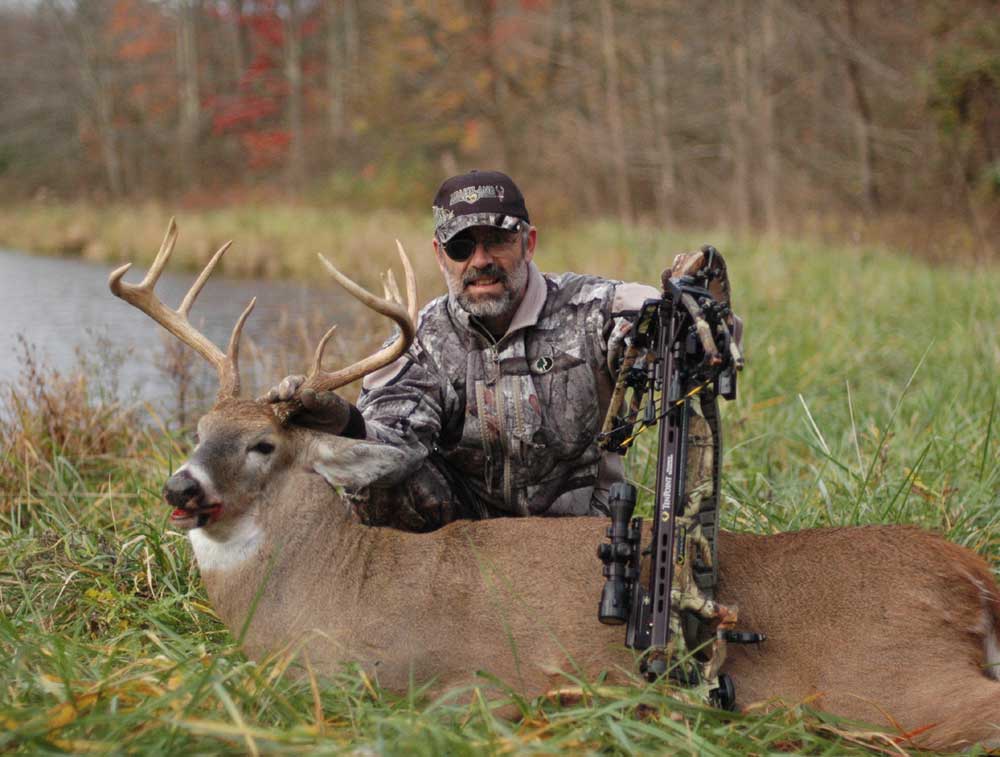
5. Recognize Opportunities — In many cases, you’re not the only hunter in the woods and others are having the same effect, moving deer into thicker cover. Sometimes, you can use that to your advantage. Learn where other hunters enter the woods, and where deer are more likely to go to avoid them. Then, simply get in there ahead of the crowds. Again, seek out thicker cover, farther away from roads, trails and access points.
This is especially important for public land hunters. Use the pressure that other hunters create to push deer to you. Most of them park in the same spot and enter the woods from the same trailhead. If you get there earlier and push farther back, they will often push mature bucks towards you later in the morning. This works well right after the acorn drop. Deer will often fill in behind you in search of acorns. Hunters arriving later in the morning will push those deer towards you.
6. Push Back — One hunter intentionally pushing deer toward another can be an effective tactic when the deer just aren’t moving. An all-out man drive works, but sometimes a better approach is to have one person still-hunt through a patch of woods with one or two others strategically positioned on likely escape routes. That way, everyone might get a chance and it is less disruptive. This one should be considered a last resort because it creates more disturbance and changes natural movement patterns, but sometimes you have to push the limits.
The Ohio farm is as good as it gets, but hunting pressure can change a mature buck's pattern. You may not notice it opening weekend, but you will as deer season progresses. The more pressure a property gets, the more it affects deer movement. You can use the above-mentioned tactics to use hunting pressure to your advantage. Adapting to the pressure throughout hunting season can be the difference between asking for help to load a big buck or helping load someone else's big buck.

